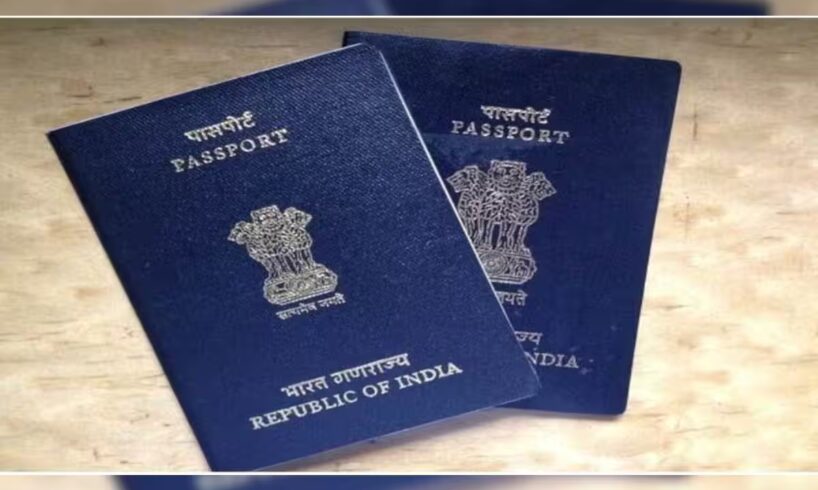
New Delhi: Early this year, a young Indian travel influencer posted a video that stirred a storm online. In the clip, the influencer pointed out that neighbouring countries like Bhutan and Sri Lanka readily welcomed Indian visitors, but travelling to Europe or the West often meant long waits, tedious paperwork and frustrating visa hurdles.
That frustration now reflects in the latest Henley Passport Index, where India stands at the 85th position among 199 countries, five places lower than last year. The index measures a passport’s strength based on how many destinations allow visa-free entry. The Ministry of External Affairs (MEA) has not issued any statement on the report so far.
Countries like Rwanda, Ghana and Azerbaijan rank above India. Their economies are far smaller, but their citizens travel more freely. For the past decade, India’s rank has hovered near 80. In 2021, it fell to 90. Singapore, Japan and South Korea continue to dominate the top spots.
Add Zee News as a Preferred Source
Citizens of Singapore can now visit 193 countries without a visa. South Koreans have access to 190 destinations, and Japanese travellers to 189. Indian passport holders can travel visa-free to just 57 countries. Mauritania shares the same rank as India.
A passport’s strength tells a larger story. It reflects how a country is seen in the world. It also defines the ease with which its people can study, do business or move across borders. A weaker passport means more paperwork, higher visa costs and longer queues.
Still, the number of countries offering Indians visa-free travel has slowly grown. In 2014, 52 countries opened their doors without prior visas. India then ranked 76th. A year later, the rank slipped to 85. It improved slightly to 80 in 2023 and 2024, only to fall again this year. In 2025, Indians can visit 57 countries without a visa, more than a decade ago, but the rank remains the same.
Experts link this to rising global competition over mobility. Nations are racing to sign travel agreements that benefit their citizens and economies. The world has become more open, but also more competitive.
In 2006, travellers could visit an average of 58 countries without a visa. By 2025, that number nearly doubled to 109. China expanded its list from 50 to 82 destinations in just 10 years, improving its rank from 94 to 60.
Henley updates the index every three months. India was placed at 77th in July when its citizens could enter 59 countries without a visa. It fell to 85th in October after losing visa-free access to two nations.
Former Indian Ambassador Achal Malhotra explained that a passport’s ranking depends on many things: a country’s political and economic stability, its global perception and how welcoming it is to others.
He recalled that in the 1970s, Indians could travel to many Western nations without a visa. That changed in the 1980s, when the Khalistan movement raised global concerns about security and unrest. The turmoil affected India’s image as a stable democracy.
He said that countries have also become more cautious about immigration. Large Indian communities abroad and frequent visa overstays by some travellers have made foreign governments wary. He also pointed to passport security as a crucial factor.
In 2024, the Delhi Police arrested over 200 people for alleged passport and visa fraud. India’s slow and complex visa system remains another challenge.
However, new technology could help. The recently launched e-passport carries a small chip with biometric data, making forgery difficult. The move aims to improve safety and speed up immigration checks.
Diplomatic outreach and fresh travel pacts still hold the key. As the global race for open borders intensifies, India’s passport strength will depend not only on reforms at home but also on how far its diplomacy can reach abroad.





